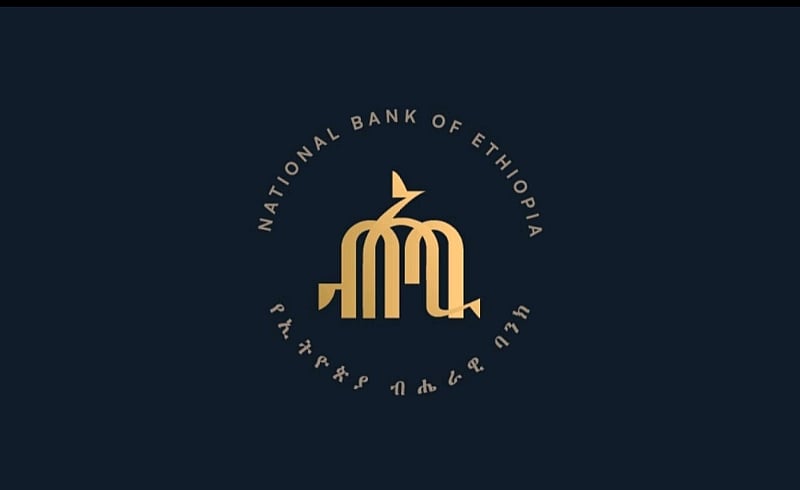Imagine a smallholder farmer in a remote village of Ethiopia. She receives money from her son working in the city, but the app on her phone is a maze of text, confusing buttons, and unfamiliar language. She struggles to find the right option to withdraw the money or pay for supplies. For her, digital finance is not a simple tool—it’s a barrier. This is the reality for millions of Ethiopians today. Despite the rapid growth of mobile money and fintech innovations, the way people interact with their money—the user interface, or UI—is a missing link in our journey toward true financial inclusion.
The National Bank of Ethiopia (NBE), while laying strong regulatory foundations and opening doors for mobile money operators, has overlooked this critical piece. They have regulated the backend systems, the licenses, and the compliance protocols, but they have yet to provide a framework that separates the user interface from the core payment infrastructure.
This might sound technical, but its impact is profoundly human.
In countries like India, the separation of UI from payment processing unlocked a wave of innovation. By allowing third-party developers to build customized, user-friendly interfaces that connect with banks and payment switches, India created an environment where millions more could access financial services easily, regardless of language, literacy, or location. The user interface became a bridge rather than a barrier. Ethiopians, however, still face an ecosystem where payment apps are monolithic and inflexible. This stifles creativity and leaves many excluded.
Without partitioning, startups and innovators who dream of building voice-first apps in Afaan Oromo or Somali, or intuitive interfaces for elderly users, find themselves locked out. The burden of creating both the backend payment engine and the frontend experience is simply too great. The result is a digital finance landscape that favors a few large players, offering clunky, one-size-fits-all applications that don’t serve the country’s rich linguistic and cultural diversity.
Partitioning the UI from payment apps is not just a technological upgrade; it is a call for empathy, for seeing and serving the real people behind the screens. It means giving entrepreneurs the freedom to craft experiences that resonate with the rural mother, the small trader, the farmer, and the youth. It means building trust through simple, clear, and accessible design. Most importantly, it means opening the door for millions of Ethiopians who remain on the sidelines of the digital economy.
The cost of ignoring this is high. Without change, the digital divide widens. Innovation stalls. And the promise of financial inclusion—the promise that technology can empower and uplift—remains unfulfilled for too many.
The National Bank of Ethiopia stands at a crossroads. By championing the partitioning of the UI layer, by licensing and regulating third-party interface providers, and by insisting on standards that emphasize accessibility and inclusion, the NBE can transform Ethiopia’s financial future. It can unlock innovation, build trust, and deliver on the promise of digital finance for every Ethiopian.
This is not just about technology. It is about dignity, opportunity, and belonging. It is about creating an Ethiopia where everyone, no matter where they live or what language they speak, can hold their financial future in their hands with confidence and ease.
The time for vision and leadership is now. The National Bank of Ethiopia must partition the interface, and in doing so, unlock a future where digital finance truly serves all.
Policy Recommendations
• Mandate UI-Backend Separation: NBE should issue a directive requiring clear architectural separation between user interfaces and payment processing systems in all licensed digital financial services.
• Create Licensing for Third-Party UI Providers: Establish a licensing and certification framework for entities providing UI-only solutions, ensuring security, interoperability, and consumer protection.
• Enforce Accessibility and Inclusivity Standards: Develop minimum UI standards emphasizing multilingual support, voice-enabled interfaces, and user-centric design to serve low-literacy and marginalized populations.
• Empower national switch for Certification and Integration: Assign EthSwitch or an equivalent body responsibility for interoperability testing, sandboxing, and certification of UI providers to ensure seamless backend integration and system security.
Expected Outcomes
• Accelerated fintech innovation driven by specialized UI developers
• Enhanced financial inclusion through accessible, localized digital payment experiences
• Strengthened system security via clear roles and regulatory oversight
• Job creation and economic growth in Ethiopia’s digital economy


